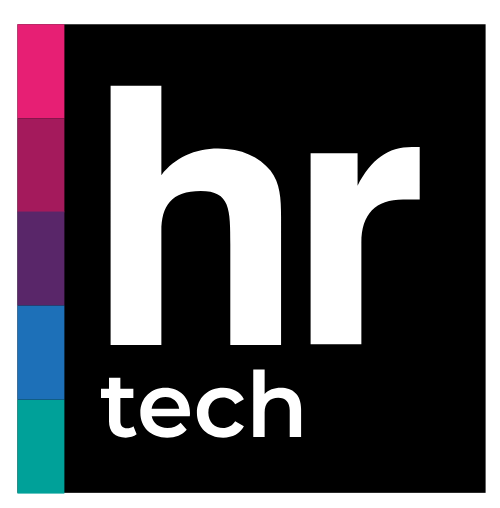News
The multimodal tsunami: is your infrastructure ready for the wave of generative AI?
)
Artificial intelligence (AI) is undergoing a true revolution, driven by the rise of generative and multimodal models. It is no longer just about text; machines can now understand and generate images, audio, video and other modalities, opening up a range of possibilities that we could previously only imagine. However, this revolution poses a crucial challenge for companies: are current infrastructures ready to support the enormous computational demands of these models?
The explosion of multimodality: a new paradigm in AI
Since the breakthrough of ChatGPT, we have witnessed a dizzying advance in generative AI. But the real transformation comes with multimodality, which allows machines to interact with the world in a much richer and more complex way. As Han Xiao, CEO of Jina AI, rightly points out, "human-to-human communication is multimodal, using text, voice, emotions, expressions and even photos." Multimodal systems try to mimic that essence, processing information from various sources to provide more complete answers and solutions.
This capability opens doors to innovative applications in multiple sectors. Think, for example, of field service: technicians could use multimodal Computer Vision models (i.e., the ability of machines to 'see' and interpret images) to automate quality control, simply by interrogating a database of photos with natural language questions. Or in education, where multimodality offers new forms of interactive and personalized learning, combining text, images and simulations. The possibilities are vast indeed.
Infrastructure: the bottleneck for large-scale multimodal AI
The development and implementation of large-scale multimodal models requires a robust and, above all, scalable infrastructure. Unlike traditional models, these require significantly more computational power due to the complexity of processing multiple modalities. This is a reality that we cannot ignore.
Several critical factors come into play here:
- Compute power: To train and run these models efficiently, the need for high-performance graphics processing units (GPUs) and specialized accelerators becomes critical. It's an investment that makes a difference. The demand for cloud computing resources skyrockets, demanding optimized management and flexible scaling strategies.
- Bandwidth and latency: Processing large amounts of multimodal data requires considerable bandwidth and low latency to ensure smooth interaction. High-speed networks and edge computing solutions become essential for a good user experience.
- Data storage and management: Multimodal data, such as images and videos, take up a lot of storage space. Scalable and efficient storage solutions are needed, as well as data management tools that enable fast and organized access. Finding the balance between cost and performance is key here.
- Software and frameworks: The ecosystem of software and frameworks for the development of multimodal models is constantly evolving. Companies must adopt flexible and adaptable platforms that allow them to take advantage of the latest developments. Not falling behind in this regard is critical.
Setting the stage: strategies for a multimodal infrastructure
To meet this challenge, companies must take a strategic approach to their infrastructure planning. Some key recommendations include:
- Comprehensive needs assessment: Understand the specific demands of the multimodal models to be deployed, including workload, latency requirements and storage needs. It is not about investing for the sake of investing, but about investing with knowledge.
- Invest in high-performance hardware: Acquire state-of-the-art GPUs, specialized accelerators and high-capacity storage solutions. This is a significant investment, but necessary to compete in this new landscape.
- Adoption of hybrid cloud or multi-cloud: Leverage the scalability and flexibility of the public cloud, combining it with local infrastructure to optimize costs and performance. Finding the strategy that best suits each need is essential.
- Optimization of software and algorithms: Use optimized frameworks and libraries for multimodal processing, as well as model compression and optimization techniques. Efficiency is key to maximize resources.
- Continuous monitoring and management: Implement infrastructure monitoring and management tools to ensure optimal performance and efficient scalability. It is not enough to invest, it is necessary to manage and optimize.
The rise of multimodal models opens up an unprecedented range of possibilities. We are facing a true revolution, and the implications are enormous. However, the success of this transformation depends to a large extent on the ability of companies to adapt their infrastructures to the demands of this new era. Investing in infrastructure for AI, and specifically for multimodal AI, is not an expense, but a strategic investment that will enable organizations to lead innovation in an increasingly multimodal world. The question is no longer whether multimodality will arrive, but whether we are ready for it. And the answer to that question depends largely on the decisions we make today in terms of preparing our infrastructures.

 Cloud & AI Infrastructure
Cloud & AI Infrastructure Cyber Security World
Cyber Security World Big Data & AI World
Big Data & AI World  Data Centre World
Data Centre World  Technology for Marketing
Technology for Marketing E-Show
E-Show HR Technologies
HR Technologies Learning Technologies
Learning Technologies)
)
)
)
)
)
)
)
)
)
)
)
)
)
)
)
)
)
)
)
)
)
)
)
)
)
)
)
)
)
)
)
)
)
)
)
)
)
)
)
)
)
)
)
)
)
)
)
)
)
)
)
)
)
)
)
)
)
)
)
)
)
)
)
)
)
)
)
)
)
)
)
)
)
)
)
)
)
)
)
)
)
)
)
)
)
)
)
)
)
)
)
)
)
)
)
)
)
)
)
)
)
)
)
)
)
)
)
)
)
)
)
)
)
)
)
)
)
)
)
)
)
)
)
)
)
)
)
)
)
)
)
)
)
)
)
)
)
)
)
)
)
)
)
)
)
)